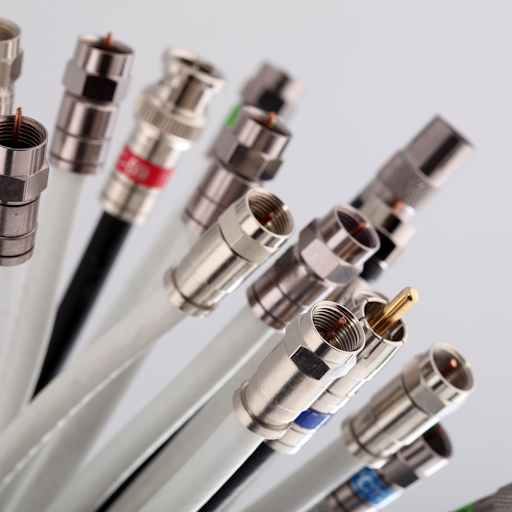Challenges with Traditional Reusable Assemblies
Traditional stainless steel-based assemblies for large-scale biopharmaceutical manufacturing require extensive cleaning between product batches. This cleaning-in-place (CIP) process is complex, time-consuming, and resource-intensive. Residual cleaning agents or product residues left behind on reusable surfaces can potentially cross-contaminate subsequent batches. Ensuring complete removal of all contaminants from crevices and difficult-to-clean areas is challenging and leads to batch failure risks. The need for comprehensive cleaning validations further increases development timelines and production costs.
Moreover, wear and tear from repeated CIP cycles gradually erode assembly surfaces over time. Microscopic cracks and corrosion provide habitation for microbes, making complete sterilization difficult to achieve. Regular maintenance and component replacements are necessary to sustain tight process parameters over the assembly’s lifespan. Unplanned downtime for repairs further squeezes biomanufacturing plant capacity utilization.
Emergence of Single-Use Technologies
Single Use Assemblies address these limitations, single-use assemblies made from plastics like polyethylene and polypropylene have emerged as viable alternatives. Manufactured under stringent quality controls, these assemblies are specifically designed for ‘one-time use’. Being disposable, they eliminate cross-contamination risks and reduce cleaning needs. Without moving mechanical parts, single-use technologies also have less failure prone designs compared to reusable systems.
An Assembly for Every Process
Today, single-use assemblies are available for virtually every upstream and downstream bioprocessing unit operation. For harvesting and purification, options include single-use centrifuges, filters, mixers and chromatography columns. Single-use bioreactors from 50 liters to 2,000 liters have also facilitated small-scale production and flexible manufacturing. Ancillary items like tubing, connectors, pumps, tanks and containers enable creating complete single-use process lines.
Growing Global Acceptance
Initially viewed with skepticism over issues like extractables/leachables, certification of sterile barriers and lack of long-term usage data, regulatory concerns around single-use technologies are steadily fading. With over a decade of performance track record across hundreds of manufacturing facilities worldwide, they are now considered a proven platform. Global regulatory bodies have recognized the advantages they provide to accelerate biomanufacturing.
Driven by industry leaders like Merck KGaA, Sartorius Stedim Biotech and Thermo Fisher Scientific, the global single-use assemblies industry valued at $2 billion in 2015 has grown exponentially. Market analysts estimate it will reach $7.5 billion by 2023 with North America as the largest segment due to widespread adoption among top biopharma companies. Asia Pacific is predicted to see the fastest growth at a CAGR exceeding 15% through increased local manufacturing.
Enabling Flexibility and Reducing Capital Investments
Compared to stainless steel-based systems requiring large capital expenditures, single-use technologies offer an affordable low capital entry point for biomanufacturing. As the product, process or plant scale can be modified quickly by changing assemblies rather than equipment, they provide unmatched production flexibility. Multiple drug substance and product manufacturing campaigns can be seamlessly executed in the same facility without cross-contamination concerns. No sterilization or cleaning validation hurdles further accelerate clinical trial material production.
Supporting Small Biotechs and Emerging Markets
Such benefits have made single-use technologies especially attractive for small biotechs and contract manufacturing organizations (CMOs) with limited budgets. By avoiding huge sunk costs of reusable infrastructure, they lower financing barriers to quick facility setups and GMP production. Several CMOs have established large single-use manufacturing footprints worldwide to serve small biotech clients. In emerging biologics hubs like China, India, Brazil and Mexico, adoption is rising as local companies look to rapidly enter biomanufacturing space.
Challenges around Extractables/Leachables
While single-use assemblies provide clear time and cost benefits, characterization and control of extractables and leachables (E/L) from plastics continues to be a challenge area. As specifications tighten for impurity thresholds in biologics, ensuring product purity and safety with single-use systems requires thorough extractables data for all assembly materials. Developing robust E/L testing protocols and reference libraries of known compounds remains a work in progress. Standardization across the industry will help address regulatory uncertainties.
the rapidly expanding global single use assemblies industry reflects their growing acceptance as a primary platform for large-scale biopharmaceutical manufacturing. By eliminating batch-to-batch risks and reshaping production strategies, these assemblies are enabling the next phase of flexible and affordable biomanufacturing globally. With continued focus on extractables management, single-use technologies are well-positioned to accelerate drug development and access worldwide.
Note:
1.Source: Coherent Market Insights, Public sources, Desk research
2.We have leveraged AI tools to mine information and compile it


